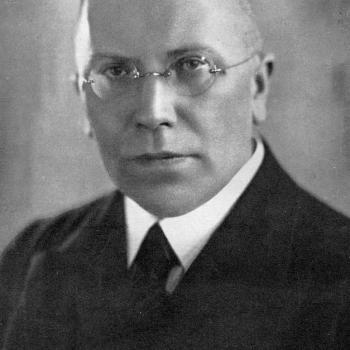Few have traveled to the pyramids of Egypt and not wondered how an ancient civilization without modern technology could have constructed structures so large they can be viewed from space. Some have theorized they were built inside out.
On the flakier side, some say aliens did it.
Perhaps the most confounding mystery of all involves how incredibly large stones made their way to the middle of the desert without massive mechanical assistance. No camel, even the Egyptian kind, is that strong.
The truth, researchers at the University of Amsterdam announced this week in a study published in the journal Physical Review Letters, may actually be quite simple. It has long been believed that Egyptians used wooden sleds to haul the stone, but until now it hasn’t been entirely understood how they overcame the problem of friction. It amounts to nothing more, scientists say, than a “clever trick.”
They likely wet the sand. ”For the construction of the pyramids, the ancient Egyptians had to transport heavy blocks of stone and large statues across the desert,” the university said. “The Egyptians therefore placed the heavy objects on a sledge that workers pulled over the sand. Research … revealed that the Egyptians probably made the desert sand in front of the sledge wet.” . . .
According to the research, “sliding friction on sand is greatly reduced by the addition of some — but not that much — water.” So this time, researchers placed a laboratory version of an Egyptian sledge in a bin of sand that had been dried in the oven. Then they threw down some water, and measured the grains’ stiffness. If the water had the appropriate level of wetness, something called “capillary bridges” — extremely small droplets of water that glue together individual grains of sand — would form.
These bridges not only stopped the sled from forming sand berms but also cut by half the amount of force required to move the cart. “I was very surprised by the amount the pulling force could be reduced — by as much as 50 percent — meaning that the Egyptians needed only half the men to pull over wet sand as compared to dry,” Bonn told The Washington Post. . . .
Adding more evidence to the conclusion that Egyptians used water is a wall painting in the tomb of Djehutihotep. A splash of orange and gray, it appears to show a person standing at the front of a massive sledge, pouring water onto the sand just in front of the progressing sled. What this man was doing has been a matter of great debate and discussion.
“This was the question,” Bonn wrote in an e-mail to The Post. “In fact, Egyptologists had been interpreting the water as part of a purification ritual, and had never sought a scientific explanation. “














